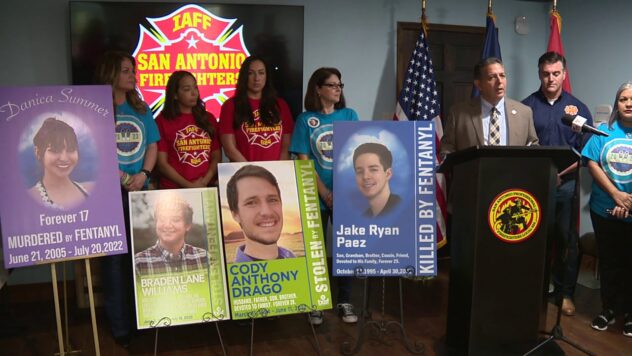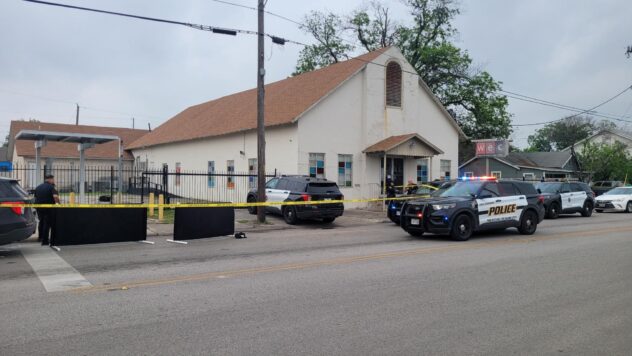America’s opioid overprescription problem has never been more clear


- Shutterstock
- More than 500,000 Americans have died from opioid overdoses since 2000.
The tragedy of the opioid crisis has been in the news a lot lately.
Earlier this week, HBO debuted its two-part The Crime of the Century, directed by award-winning documentarian Alex Gibney (The Inventor: Out for Blood in Silicon Valley and Going Clear: Scientology & the Prison of Belief). Last month, journalist Patrick Radden Keefe, who appears in The Crime of the Century, released Empire of Pain: The Secret History of the Sackler Dynasty, a deep dive into the wealthy family that pushed pills on Americans, to a disastrous effect.
By now, the extent of the crisis is clear as day: More than 500,000 Americans have died from opioid overdoses since 2000, including more than 50,000 in 2019. (For context, more than 580,000 Americans have died from COVID-19.) And in recent years, the medical industry has faced a reckoning that its own practices have caused so much suffering.
More and more data coming forward underscores the folly of Big Pharma. A University of Michigan study published earlier this year shows post-surgical patients who were not prescribed opioids reported less pain than those who were prescribed opioids.
Rachel Rohde, a partner at Michigan Orthopedic Surgeons, says the problem stems from a flawed way of thinking about pain — namely, that it’s always bad and must be eradicated.
“I think through the years there have been a lot of misconceptions about pain in general, and there are a lot of expectations of people who are either injured or have illnesses,” she says. “They think one of the problems is they think that they need narcotics to get through a painful period. And what this study is really getting at is that narcotics may not be the best solution for postoperative pain.”
Rohde says now, doctors try instead to set up expectations in patients as far as what level of pain to expect after a procedure.
“One of the things that happens is people’s minds get away from them when they have pain,” she says. “They think that there’s something wrong, or this is going to last forever, and they sort of send themselves down this spiral.”
She adds, “For instance, I do a lot of carpal-tunnel release [surgeries] and I speak with them ahead of time and basically tell them, ‘Well, people will take just a Motrin or whatever they have at home.’ And I’ve found that through the past few years, especially with the opioid crisis coming more into the light, more people are much more willing to participate with that philosophy and to say, ‘Yeah, OK, I know I’m going to have to some discomfort, but I’d rather not get involved with those drugs that cause all sorts of issues.’”
That’s a sea change from just a few years ago, when patients expected to be prescribed pain pills.
“I remember about five years ago, a patient was being just irate with me because I would not prescribe narcotics for her carpal-tunnel syndrome, [but] that’s really not the treatment for it,” Rohde says. “She was just so angry, and I mentioned the opioid crisis, and she had no idea what I was talking about. Nowadays, everybody knows about it, and there are so many more patients who flat-out say in the preoperative area before surgery, ‘I don’t want any of that stuff, any of that medication stuff.’”
Rohde says the looming crisis was apparent to her even as soon as she finished medical school. “I finished medical school in 1999, and I remember there being issues during my residency, even with people forging prescriptions for Oxycontin,” she says. “And it became clear that Oxycontin probably wasn’t the best drug to be prescribing for people because of the abuse.”
What we now know is that doctors were overprescribing pills, goaded by pushy salesmen from pharmaceutical companies who enjoyed no-cap bonuses based on sales. The absurdity of the situation is perhaps best summarized by an in-house sales video used by a company called Insys Therapeutics, which is shown in The Crime of the Century, in which a mascot dressed as a can of fentanyl spray raps about giving patients the highest dosage of the drug. Insys is accused of bribing doctors with more than $2 million.
The problem with the opioid crisis is that doctors gave patients far more of the pills than they needed, and the unused pills would fall into the wrong hands — like a teenager or a house guest. In other cases, patients took the maximum number of pills, even though they didn’t need them.
“If you give people pills just in case they think that they need them, they actually will ingest more,” Rohde says.
“The idea now is to under-prescribe, or prescribe very few,” she says.
Now, doctors like Rohde emphasize treatments for post-surgery patients like physical therapy, “R-I-C-E” (rest, ice, compression, elevation), over-the-counter anti-inflammatory medications, diet, and stretching and yoga.
She says cannabis and CBD oils have also been effective non-opioid treatments.
“All of these things are options for acute or chronic pain that don’t put people at the same kind of addiction risk as an opioid,” she says. “What we do know is in about 75% of people who seek treatment for opioid addiction, their troubles started out with a prescription. So we have to all take our responsibility and turn this around.”
This story originally appeared in Detroit Metro Times, an affiliated publication.
Stay on top of San Antonio news and views. Sign up for our Weekly Headlines Newsletter.
















